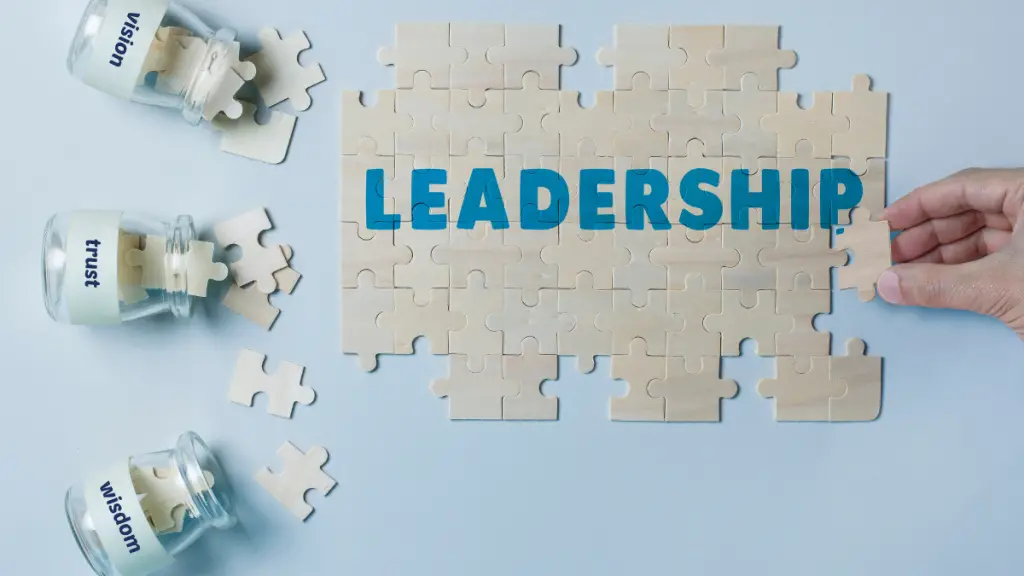“Gone are the days of the lone wolf at the top, barking orders down a rigid hierarchy.” These words filled my thoughts as I listened to the goodwill message and presentation of Nigeria’s Honorable Minister Dr. Bosun Tijani at the Zenith Tech Fair, held last November at Eko Hotels in Lagos.
Although the tech fair’s focus was on technology innovations such as artificial intelligence, cybersecurity, cloud computing and FinTech, among others, none of these caught my attention. Rather, a unique manner of leadership which does not necessarily require the leader to be at the apex. You see, leadership is often misconstrued for rulership. As such, a new approach to transitional, non-positional leadership which spotlights leading from the middle is of importance, both within and beyond corporate boundaries, or even among family members.
Redefining Leadership: The traditional perception of leadership
For centuries, leadership has been painted with a brush of hierarchy, a pyramid with the lone figure of the “hero leader” at the apex. This traditional model positions the leader as the ultimate authority, the decision-maker whose pronouncements trickle down the ranks. Knowledge and power reside at the peak, while obedience and execution flow upwards. This leadership style thrives on charisma, decisiveness, and the ability to inspire awe and trust, often bordering on reverence. Its strengths lie in swift action, clear direction, and a unified sense of purpose. However, its downside lies in potential blind spots, echo chambers, and an overreliance on the single vision at the top.
The distance between the apex and the base can breed disconnect, stifle creativity, and leave lower levels feeling like cogs in the machine. This traditional picture, while still prevalent, is facing increasing scrutiny as the winds of change blow through organizations and societies, demanding a more collaborative, distributed approach to leadership.
The Shifting Paradigm of Redefining Leadership
Among the dignitaries who graced the fair was Lagos State Governor, Babajide Sanwolu, whose insights challenge conventional leadership norms. It became clear that a new definition of leadership is emerging, one where influence and impact transcend positional authority. Flat systems are now being adopted in business organizations which can serve to motivate employees who are more autonomous. Likewise, its gradual spread to government parastatals and educational institutions will bring about a society of mutual respect, paving the way for a more inclusive and dynamic form of leadership.
This new paradigm doesn’t necessitate the leader perched atop the pyramid. Instead, it thrives on collaboration, on harnessing the collective intelligence and diverse perspectives of the team. Imagine a leadership woven from the unique threads of each member’s strengths, vulnerabilities, and experiences. Each person, regardless of their position in the organization chart, contributes to the shared vision, fueled by open communication, active listening, and mutual respect. The leader, then, becomes the facilitator, the conductor of this symphony of talents, ensuring everyone has the space and support to reach their full potential.
This further illustrates the power of involving diverse voices and perspectives in decision-making processes, fostering innovation and adaptability within organizations. This shift challenges leaders to embrace humility and a willingness to learn from their team members.

“The Shawshank Redemption” illustration of leadership
During one of the presentations at the tech fair, a reference was made to the movie “The Shawshank Redemption”. I hadn’t seen the movie at the time but my curious mind could not let it slip. So I decided to watch it, after which it was clear why such a reference was made.
The walls of Shawshank prison blooms with a leadership of a different kind. Andy Dufresne, despite his unjust confinement, never loses sight of hope, nor does he hoard it for himself. He leads not by decree, but by quiet defiance, chipping away at the dehumanizing system brick by metaphorical brick. His gentle influence inspires camaraderie amongst the prisoners, fostering a collective spirit that transcends the oppressive bars.
Andy’s leadership style extends beyond personal relationships to institutional impact, as he spearheads initiatives that benefit the entire prison community. The film beautifully portrays the transformative power of collaborative leadership in the most unexpected setting, illustrating that true leadership is not constrained by external circumstances or formal positions.
Indeed, leadership can emerge from any corner of society, it is then important to forge ahead with the responsibilities of a true leader.
The leader’s toolkit
Embracing collaborative leadership not only transforms the internal dynamics of a society but also has broader implications for societal progress. By dismantling traditional hierarchies, this paradigm allows for a more fluid and responsive leadership style that can navigate the complexities of our rapidly changing world. As we redefine leadership, it becomes evident that the effectiveness of a leader is not determined solely by their position in the hierarchy but by their ability to inspire, facilitate collaboration, and adapt to an ever-evolving landscape.
The leadership challenge often involves keeping members motivated or increasing activity within an organization. This brings communication and team building into the picture. What happens when the person who holds the key to a crucial problem is a quiet and analytical mind but who isn’t a part of the decision-making process?
Or when the seemingly unorthodox thinker can spark disruptive innovation? By drawing on everyone’s strengths, a team moves beyond limitations and reaches heights unimaginable under the old, singular leadership model. The result? A dynamic, adaptable organization capable of navigating the ever-shifting landscape of the modern world. In addition, virtues like integrity, empathy, genuineness, and humility are traits that should be found in the toolkit of every leader.
As these values seep into the very fabric of our society, their transformative impact is poised to shape the future of leadership in profound and lasting ways. Redefining the landscape of transitional leadership is recognizing its potential to be more agile, and ultimately, more successful in navigating the complexities of the modern world. As we embrace this approach, the question is not who is at the top, but how well we can collectively rise to the challenges and opportunities that lie ahead. Indeed, the future belongs to those who rise together.






